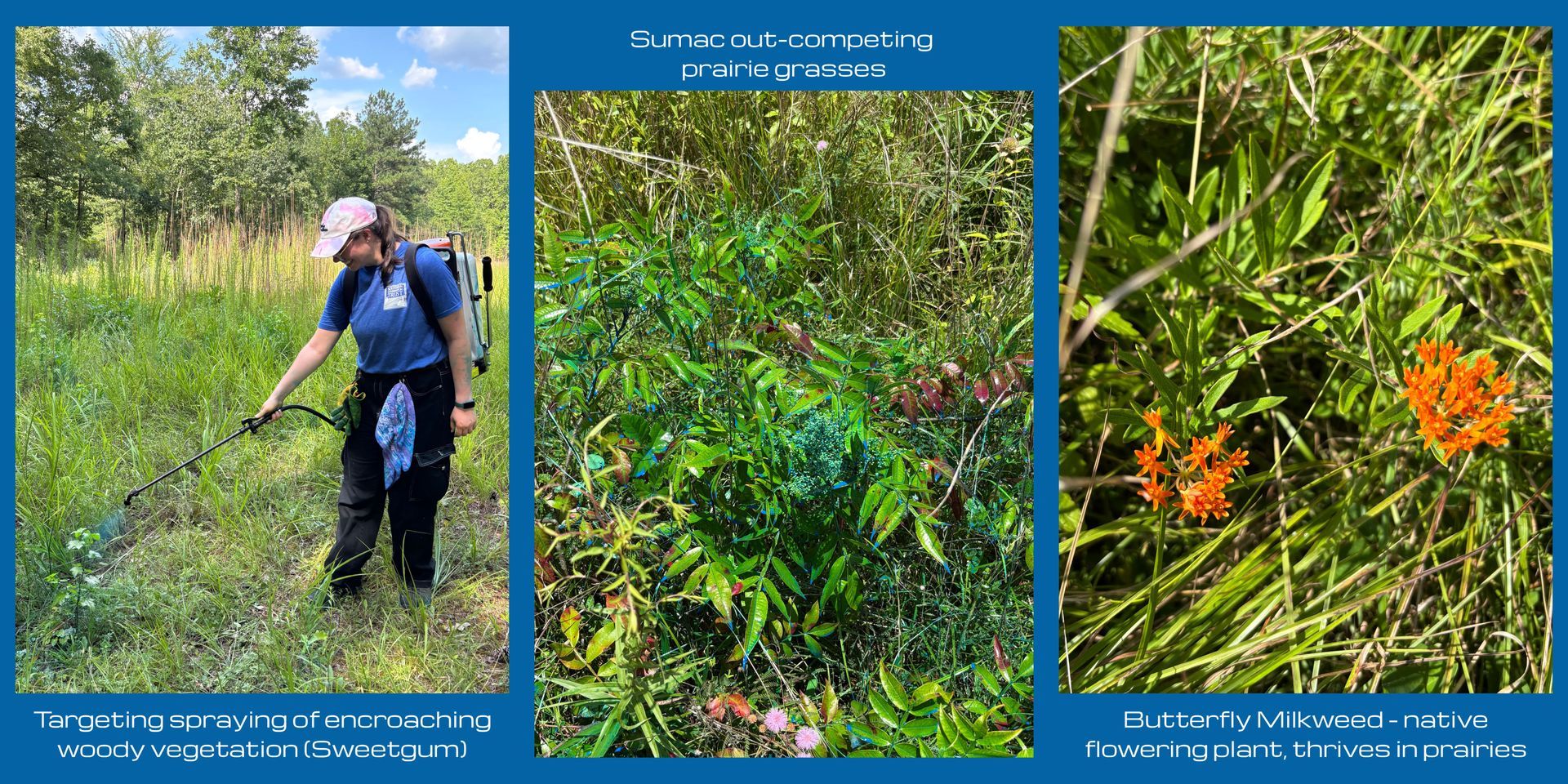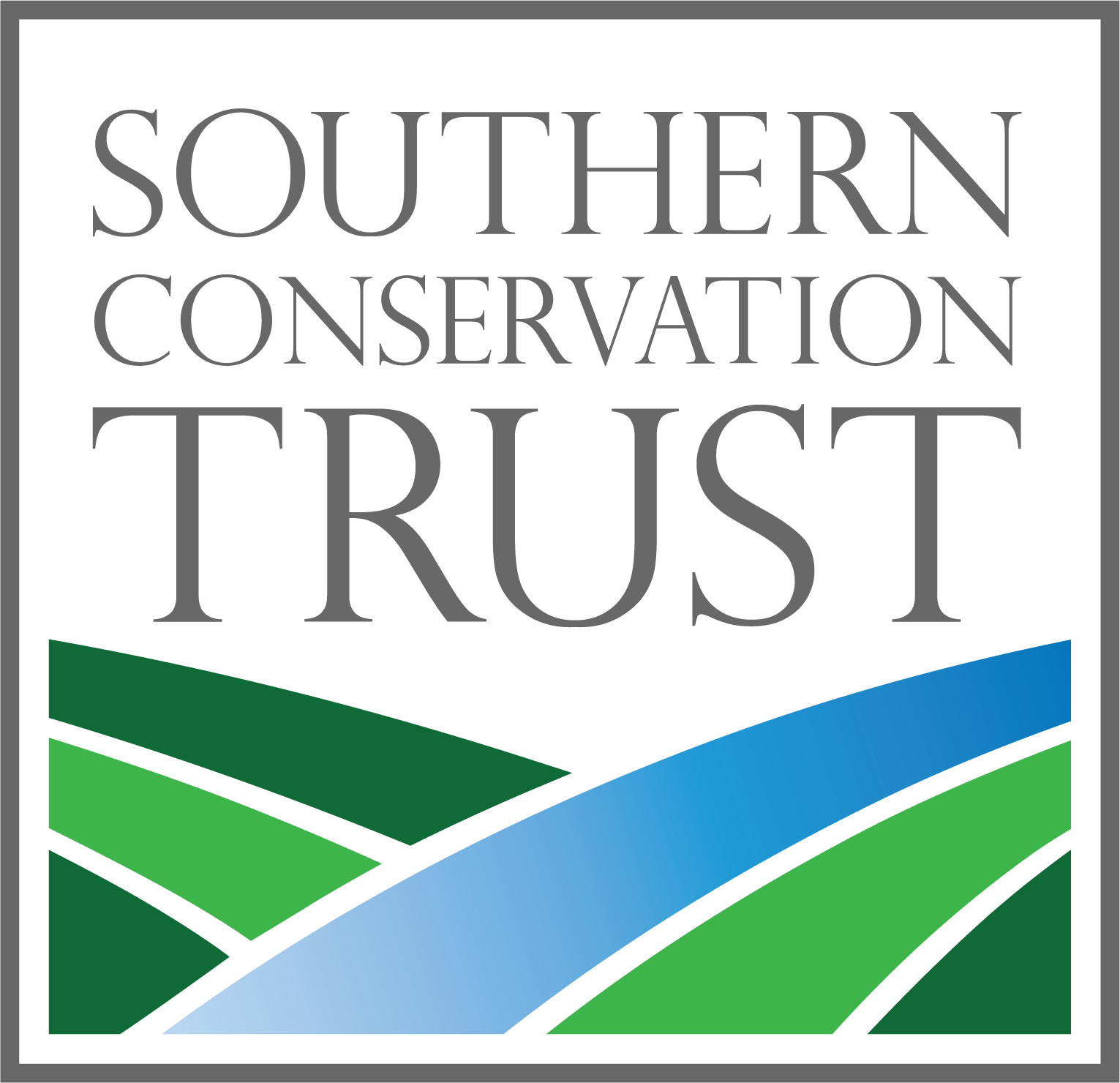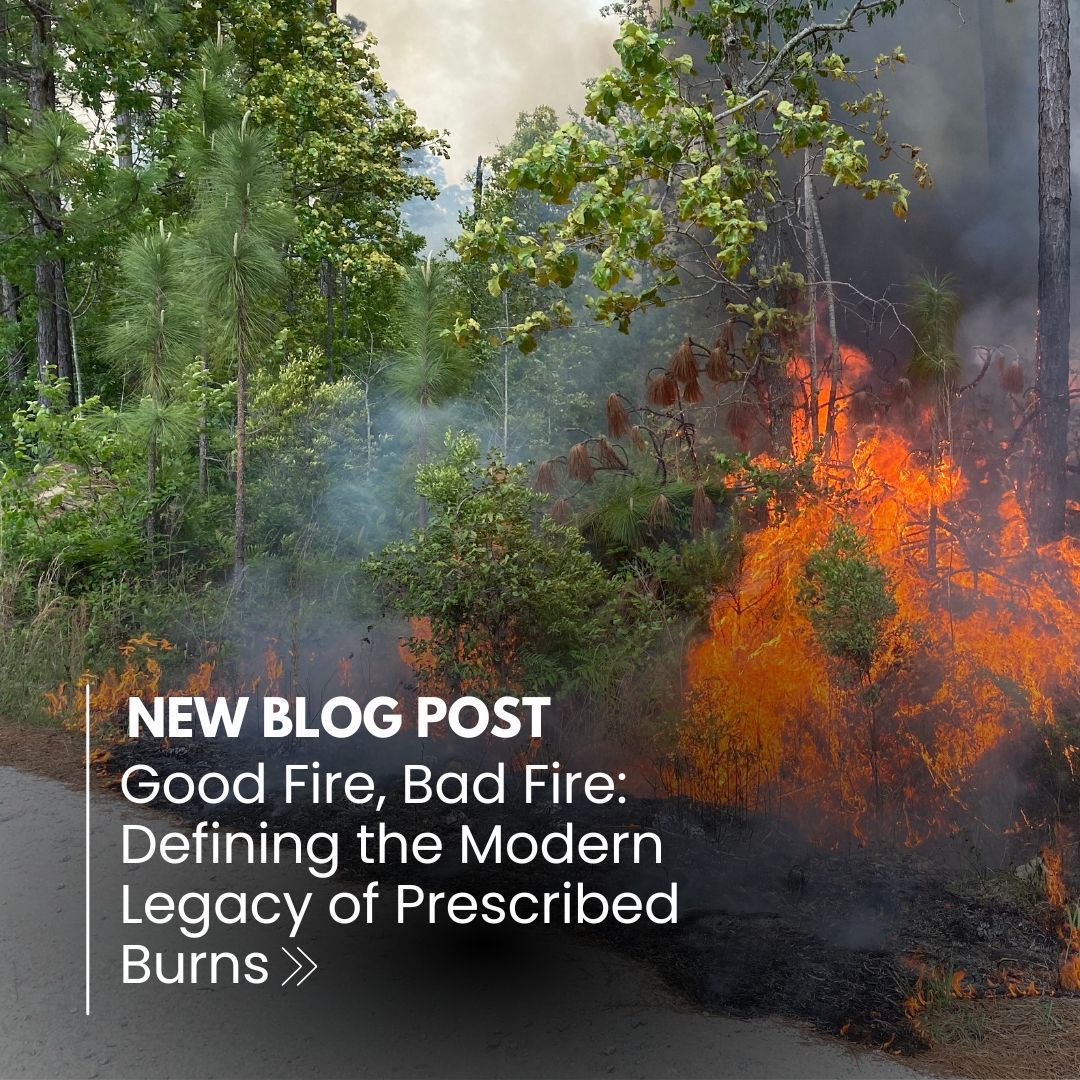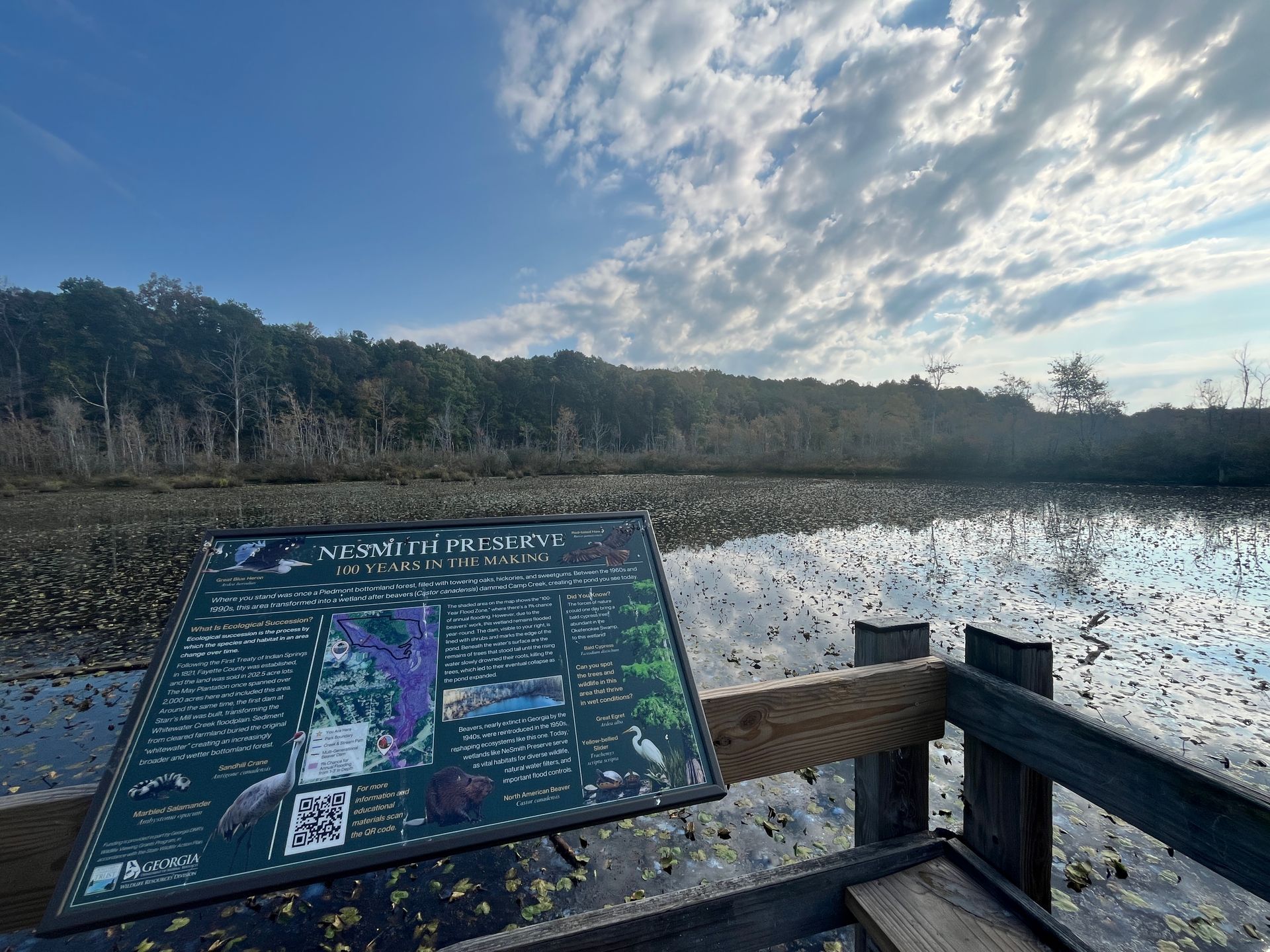Herbicide Spraying: A Complimentary Technique
We Didn’t Start the Fire:
Burn Unit 2

Written by: Paxton Caroline Hayes
Photos taken by: Paxton Caroline Hayes
Location:
Pickett's Mill Battlefield in Dallas, Georgia
It Takes More Than Fire!
In my first post, I said that chemical and mechanical treatments can be significantly more expensive than prescribed burning and have greater environmental costs. So, why am I complimenting herbicide use in my second post? Prescribed Fire can only be as successful as your site preparation, which can occur months before you ever put fire on the ground. This preparation can include targeted chemical and mechanical treatments, such as spraying and mulching, to eliminate vegetation that will not burn effectively or not allow fire to move through the habitat as it naturally would.
Both chemical and mechanical treatments are extremely variable, so in this post, I am only going to discuss one example of these site preparation methods. This July, I got the amazing opportunity to join a team of Georgia Department of Natural Resource (DNR) employees at the historic Pickett’s Mill Battlefield to help chemically treat unwanted vegetation. The sites that we treated with herbicide were once forest-opening prairie fields, but had been taken over in recent years by vegetation from the surrounding woodlands. Through a combination of prescribed fire in the dormant seasons, herbicide spraying in the growing seasons, and the removal of larger trees as needed, the DNR is working to return those fields to their native states.
Complimentary Chemicals
I had never used a backpack sprayer before, and quickly learned exactly how heavy 3-5 gallons of water are! Our target species were Sumac and Sweetgum (both plants are native to Georgia, but not in prairie habitats) that had re-sprouted since the use of prescribed fire in the 2024 dormant season. Using the backpack sprayer, we were able to target the woody vegetation while having limited impact on the prairie grasses and flowering plants that thrive in that habitat.
By the time another controlled burn is conducted in the 2025 dormant season, the saplings we targeted with the herbicide spray will be dead, and the fire will move more effectively over the landscape. In the photos at the top of this post, the middle picture shows an example of Sumac (already sprayed and blue) out-competing the prairie grasses that can be seen towards the top of the picture. If not treated, the Sumac would continue to spread, not allowing other plants to grow and reducing the efficiency of prescribed fire for that habitat type.
Is Herbicide Treatment Right For Me?
Choosing the right herbicide mixture is key to successful spraying. For our prairie fields, we used a mixture of herbicide that is effective against woody vegetation (our target species), a surfactant (like dish soap or shampoo), and a blue dye to increase the visibility of the treated area (don’t worry, it all comes out in the wash!). The surfactant increases the efficiency of the herbicide, breaking down the waxy surface of the leaves so more of the chemicals can be absorbed by the plant. The mixture we used will top-kill the sprayed vegetation in about two weeks, with limited soil activity, reducing the competition for the native prairie grasses and flowering plants.
Targeted herbicide spraying is most effective in the growing season and can be used before or after you burn, depending on your land management goals. Spraying a couple of months before you burn allows you to eliminate vegetation that is invasive, out-competing the vegetation you want, does not burn well, or has grown so thick along the ground that fire would not be able to move through the burn unit. Spraying in the growing season after a dormant season burn allows you to kill any unwanted vegetation that survived the burn, further eliminating competition and aiding restoration efforts.
Where Can I Learn More?
Invasive Plant Control Program - Georgia Forestry Commission
Best Management Practices - Georgia Forestry Commission
Press & Media Inquiries
Contact Us
About Southern Conservation Trust
At Southern Conservation Trust, we are passionate about elevating nature through exceptional stewardship. Based in Georgia, our 501(c)(3) public charity has successfully conserved over 65,000 acres of land across the Southeast, including five public nature areas in Fayette County and the Fayette Environmental Education Center. We believe that protecting our natural spaces is just the beginning; everyone should have equal access to enjoy the beauty of the outdoors. Join us in our mission to foster a deeper connection between people and nature. Learn more at www.sctlandtrust.org.











